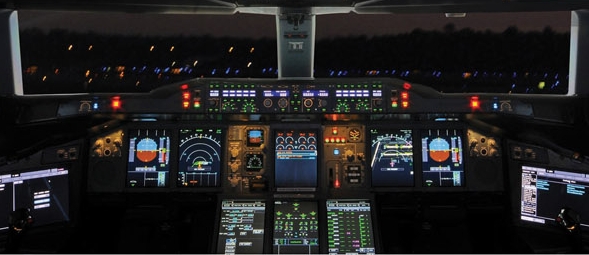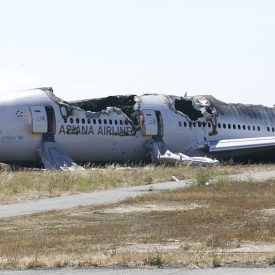This is the last installment of our discussion of unstable approaches (UAs) and go-arounds (GAs): the part that we think might have the most impact on our industry if it could be adopted across every operation, in some form (if you haven’t read the previous two posts, it might be a good idea to do …
 Chris Lutat
Chris Lutat
Last time we introduced some facts about UAs and GAs and asked you to consider how you and your organization face this chronic safety issue, and how the use of automation can contribute to safer approaches and successful go-arounds from an Unstable Approach. For review, here are the numbers from the Flight Safety Foundation’s February …
There have been many headlines in the past few months surrounding the unfortunate outcomes of Unstable Approaches and Go-Arounds that were initiated too late in the approach and landing phase of flight. Organizations all over the world have begun to harness the power of data collection tools like FOQA, ASAP, ASRS and other reporting systems …
We are all, like every aviator since the dawn of powered flight, living in a technologically exciting time. Some might even call it, “unprecedented.” The wide array of technology that combines to make up contemporary aviation were, just a few years ago, in the earliest stages of development; and no one was sure of the …
We’ve been waiting for this story to go national since we first saw the regional piece aired in the San Francisco market a few weeks ago. We’d like to take the solution that is spoken of in both pieces further than anyone has yet suggested. This includes other experts in the industry, and the steps …
You can’t go far in today’s modern world, brimming with screens and input devices (known in the human factors world as “attention attractors”) without witnessing an individual or group engaged in what many of us would call inappropriate use of attention resources. Involving distracted driving alone, the National Safety Council in 2010 reported over a …
One of the most debated aspects of contemporary airmanship is how often and under what conditions should pilots be expected to “hand-fly” their aircraft when so much of the technology on the modern flight deck is designed to control the flight path through automatic channels. Over the course of two decades, the industry has gone …
On the cover of the July 15, 2013 issue of the leading industry trade journal, Aviation Week and Space Technology, I was surprised to read the headline, “Asiana 214: Has Automation Trumped Airmanship?” It not only prompted me to write a letter to the editors but also inspired this blog entry. For the editors and …
When we wrote Automation Airmanship® in the years from 2008 to 2013, we were constantly reminded of the rapid pace of change associated with contemporary aviation, as well as every high-risk/high-reliability endeavor. The book we began writing in 2008 was not the book we published in 2013: too much had changed since 2008 involving advanced …






